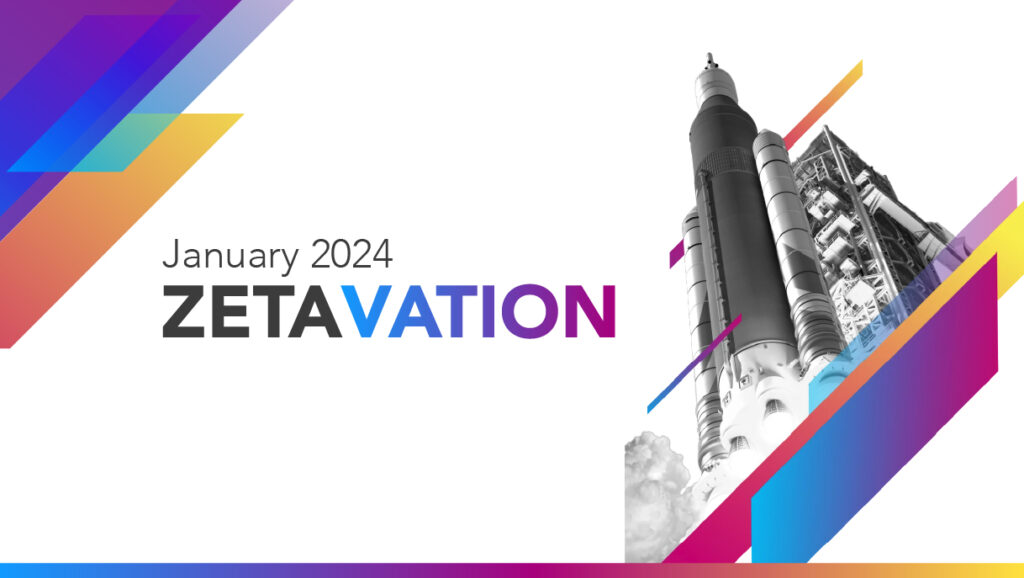
Mastering the Welcome Series in Email Marketing
By Jill Redo, VP Customer Experience Strategy, CX Studio. Email marketing operates on the premise of understanding and deploying lifecycle-based triggers effectively. These triggers serve not only to nurture brand-consumer relationships but also to strike a balance in the overall consumer experience. This equilibrium entails fostering relationships through nurturing activities at pivotal milestones while also driving awareness through promotions for new products. The welcome series, a fundamental component of these lifecycle triggers, is meticulously crafted to engage customers precisely when it matters most, often resulting in significantly higher rates of engagement and conversion compared to standard promotional emails.
The Power of Welcome Emails
A well-designed welcome and onboarding series holds the potential to transform new subscribers into loyal customers, laying the groundwork for enduring relationships. This series goes beyond serving as a mere initial interaction; it functions as a strategic instrument guiding new customers from their first engagement to becoming loyal advocates. Delving into the strategic purpose and framework specific to the welcome and onboarding trigger is crucial, harnessing its transformative power in converting subscribers into purchasers, and cultivating continued engagement as relationships with new customers evolve.
Statistics underscore the potency of lifecycle triggers, demonstrating open rates 2.2 times higher, click rates 2.1 times higher, and conversion rates 4.1 times higher than typical promotional broadcasts. Integration with multi-channel strategies like SMS/MMS, push notifications, and social media can amplify their effectiveness by 283% than through email alone. The success of these triggers lies in their timely delivery, relevance, and micro-targeting capabilities, which not only enhance purchase frequency but time between purchases.
Defining Your Welcome and Onboarding Objectives
As marketers explore the benefits of Welcome and Onboarding strategies, it’s imperative to begin where our consumer does. Consumers have initiated initial contact and possess some level of awareness, and the objective is to accelerate engagement. A key action is to clearly define desired actions and behaviors you need from consumers at this stage. This facilitates going above and beyond to ensure consumers are delighted with the relationship they’ve just established with your brand. It could look something like the listed objectives below, but will, of course, be unique to your brand purpose, needs, and objectives:
- Deepening Brand Familiarity: Enhancing understanding of brand value, key benefits, and differentiators to validate decision-making for exploring the brand, in addition to signing up for email communications. Make this come to life with videos, customer stories, reviews, immersive experiences – there are so many fun and creative ways!
- Driving Awareness of Product Categories, Tools, and Services: Providing educational information, resources, or knowledge to help consumers understand your brand’s offerings, such as loyalty programs, and simplifying the activation process.
- Positively Reinforcing Desired Behaviors into Actions: Encouraging consumers to complete preferences, gather data via progressive profiling, drive registration, app downloads, usage commitment, and ultimately make purchases.
- Purchase Drivers: Incentivizing first purchases with offers or rewards or driving second purchases with a bounceback offer, for example.
- Gathering Customer Insights: Soliciting feedback and insights on consumer experiences to continually refine and improve offerings.
Identifying various audience entry points is essential, whether they opted in from the website, made a purchase, registered for a membership, or joined a loyalty program. Each entry point necessitates distinct marketing objectives and tailored consumer experiences.
Defining Your Contact and Content Strategy
During the welcoming and onboarding process, marketers play a pivotal role in guiding consumers through the brand narrative and preferred actions seamlessly. Often, this cannot be achieved through a single touchpoint – or “trustpoint” alone. The number of necessary touchpoints may vary depending on the brand and segment. It’s crucial to tailor these interactions based on analytics and customer feedback, balancing informational content with transactional offers to create a seamless narrative that entices engagement without overwhelming consumers. While promotional broadcast campaigns drive transactions, triggers focus on building and establishing relationships. Quick tip: Your brand story is already there on your website or app – explore the content already available and make it come to life via a series of emails. Lastly, be sure to leverage data to inform the cadence between touchpoints is recommended. Understanding the average time it takes for new subscribers to make a purchase allows for strategic nurturing and onboarding during this window. Commencing promotional broadcast campaigns during onboarding can increase engagement velocity, enhancing perceived brand value.
Building a Relationship
Remember, a welcome series should foster a sort of dialogue rather than merely disseminating information. Engaging consumers in conversation, soliciting feedback, and integrating their experiences humanizes the brand experience, forging a more relatable and responsive relationship. Incorporating social media and real customer stories adds authenticity, while addressing pain points and providing solutions enhances engagement. Emotion plays a crucial role in influencing consumer perceptions and driving long-term value, with gratitude, convenience, security, and achievement being key drivers. Urgency should be approached with caution, as it can evoke negative consumer emotions.
Performance Measurement
Moving beyond traditional campaign metrics allows for a deeper understanding of the impact of the welcome and onboard trigger series on broader business objectives. Metrics such as EM to SMS Adoption Rate, App Download Rate, Active New Start Rates, Preference Center Completion Rate, and Registration Rate provide insights into consumer engagement and retention. Velocity metrics, including Time to First or Second Purchase, Time to First or Second Loyalty Earn, and Time to First Loyalty Redemption, offer valuable indicators of campaign effectiveness and customer progression.
Conclusion: Setting Up for Success
A well-executed welcome series sets the tone for consumer relationships, ensuring every subscriber feels valued and understood from the outset. It’s an investment in future engagement and loyalty, demonstrating the brand’s commitment to continually enhancing the consumer experience.
What’s Next: New Customer Model
In the coming weeks, we will dig deeper into Welcome and Onboarding strategies, exploring how New Customer Modeling can optimize consumer experiences. By identifying activity grades and tailoring treatment plans accordingly, marketers can enhance personalization, offer richness, and channel orchestration, driving sustained engagement and loyalty. Stay tuned for insights into customer behavior across acquisition, welcome and onboard, and activation stages, empowering brands to deliver tailored experiences at every touchpoint.
Want to see Zeta in action?




